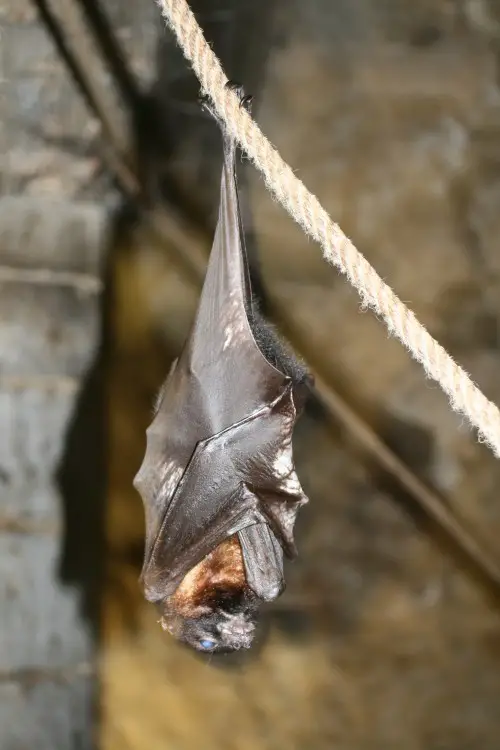“Walking Cactus” Fossils Found in Southwestern China
There is a new study (published on February 23rd in Nature) stating that the fossils belonging to an ancient creature resembling a “walking cactus” came out to light in China. This “walking cactus” seems to have lived on the planet five hundred million years ago. Its name was inspired by the spiny appearance of the creature.
The name of these fossils from Southwestern China is Diania cactiformis and they are believed to belong to the group of arthropods known as Lobopodia. Today, these invertebrate animals no longer exist.
This creature was quite small (about six centimeters long) and it had ten pairs of jointed, armored legs. The approximate period when this animal lived was one of rapid evolution and it is known as the Cambrian explosion.
Jianni Liu, the study leader and paleontologist at the Early Life Institute which is part of the Northwestern Institute of Xi’An, China, stated in an interview for the USA Today newspaper that this small animal “is remarkable for possessing robust and probably sclerotized [hardened] appendages, with what appear to be articulated [jointed] elements.”
The number of the “walking cacti” discovered in the Chinese Yunnan province counts thirty fossils, more or less.
Here is what Jianni Liu declared to have said at the moment when she made the interesting discovery: “I was really surprised. I said, What’s that strange guy with the soft body with very strong legs?”
“When I [went] back and observed it under the microscope, [I realized] it’s not only funny, it’s very important.”
This extraordinary discovery could be very important as it might be regarded as an indication to arthropod evolution. What is intriguing is that the newfound creature does not seem to resemble other lobopodians (primitive creatures which lived in the seas of the Cambrian period).
The “walking cactus” is however a member of the above mentioned group even though its robust appendages bring it closer to modern arthropods (it has joint limbs like crustaceans and spiders).
The uncommon limbs of this “walking cactus” actually reinforce the theory according to which lobopodians are the ancestors of modern arthropods.
There are a few hypotheses on the manner in which this ancient invertebrate animal hunted which were uttered by Liu. In her opinion, Diania cactiformis fed on tiny creatures living in the mud, which it was sucking up with the help of the proboscis. Another hypothesis refers to the use of the animal’s bristly legs which allowed the “waking cactus” to capture prey that was even larger that it.



